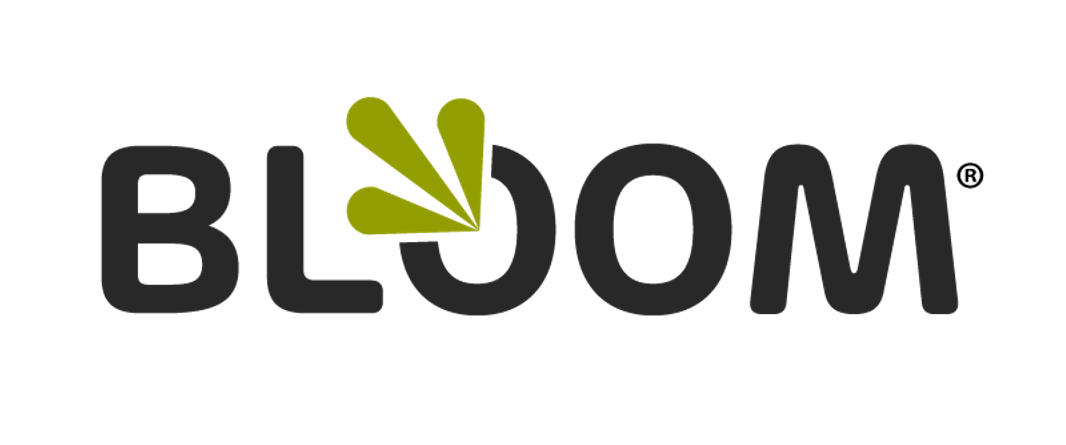When It Comes to Performance Issues, Know How to Give Feedback
Without neutral observation, effective feedback is nearly impossible, whether that feedback is aimed at a process, a group of people, or an individual. When using feedback to help people improve their processes or change behaviors, follow a few simple guidelines to make that feedback effective.
Acknowledge the need for feedback. People need feedback to improve, just as processes do. We get feedback from our customers in the form of market research and sometimes in the form of complaints, from our processes in the form of data, and from our fellow employees via nonverbal communications, frustrations, or inquiries.
Give both positive and negative feedback. Feedback offers us not only recognition of our strengths, but also help for those areas where we can improve.
Understand the context of the feedback. Feedback is sometimes harder to receive than to give, so understand what led up to the giving of feedback. When giving feedback plan it carefully; pay attention to where it will occur and why.
Know when to offer feedback. As with all communication, the receiver must be in a position to hear it without defensiveness or anger. So pay attention to the timing and deliver the feedback within a context of listening to and caring about the group, the individual, and the process.
Most importantly, know how to give feedback:
• Be specific and descriptive.
• Describe specific behavior rather than using labels to categorize and generalize.
• Be honest and careful in your choice of words.
• Be caring and helpful.
• Beware of attributing motivation to someone’s or a group’s behavior.
• Speak only for yourself.
• Help people hear you.
Tips for Providing (and Training Employees) Effective Feedback
At Insight, we help our clients develop strong leadership skills. We talk about team building and collaboration and about leadership credibility. We also talk about feedback and resolution—how to listen and how to achieve constructive conversations. Believe it or not, the feedback process is one that can make or break your organization’s ability to succeed.
The most important thing for a leader to keep in mind is that the approach to feedback is as important as the feedback itself because it establishes you as a trustworthy leader. Once you know that, you can better communicate your perspective on a performance situation, gather quality feedback, and make improvements.
Be direct. Engage the employee.
The T.A.L.K. Method for Giving Feedback
Tell it like you see it. Ask for feedback. Lead toward a solution. Keep at it until it sticks.
Tell It Like You See It
In order to tell an employee how you see their performance, you have to clarify the issue for yourself. Start the conversation with your direct perception about how you see the situation, and be clear about what you feel is certain (e.g. what you directly experienced) and not certain (e.g. what others feel). When you both see the situation in the same way, then you can develop a solution.
Things to Avoid When Giving Feedback
Once you’ve thought through the issue, you need to consider a few things before opening the conversation. Do not give feedback if:
You have insufficient history with the person
You won’t be able to follow up after the feedback
The receiver is low in his or her reserve of self-esteem
You are low in your reserve of self-esteem
Your true intention is to demonstrate your own perceptiveness or authority
The time, place, or circumstances are inappropriate
Ask for Feedback
As you engage the employee in dialog, one of the best ways to clarify the issue is to ask the employee some open-ended questions that will better help you understand the situation from their perspective. In general, the more certain you are about the issue, the more you should use close-ended questions; the less certain you are, the more you should ask open-ended questions to draw out facts and meaning.
Lead Toward a Solution
It’s imperative to have the employee help determine the solution to a performance problem. That said, it’s helpful to have a few options to suggest if the employee is unsure of how to fix the problem. To do that, look at some of the concerns you identified and identify possible solutions. Just remember that the employee needs to be a part of the decision as to which solution works best for them.
Keep At It Until It Sticks
Follow-through matters. The main action managers can take to encourage employees to follow through is to follow through themselves by setting a follow up meeting. The meeting shows the employee that you care and also gives them a timeline of what is expected and a sense of accountability.
